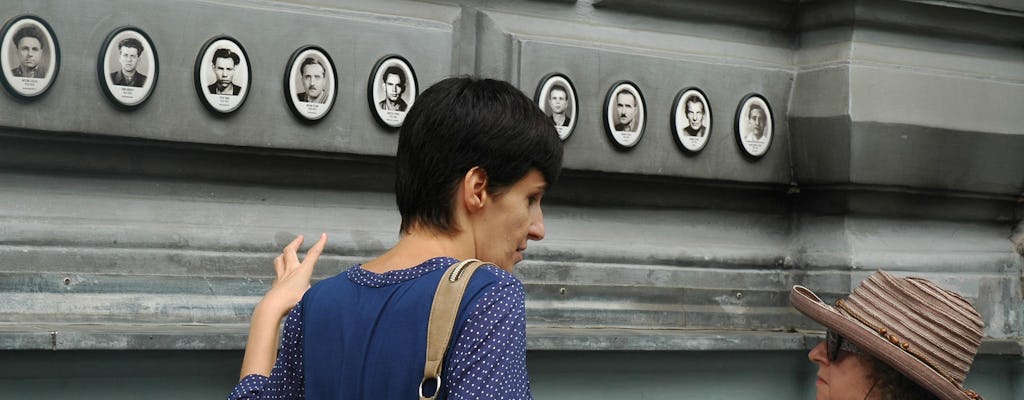On this tour you can explore the two faces of Hungarian communism: Stalinism and Kadarism. When Soviet dictator Jozef Stalin helped the communist party take power in Hungary in 1948, the people were not immediately pleased. A short time later in 1956 there was an uprising, which was brutally stopped. However, the new leader at the time, János Kádár, created alterations to the law which allowed for a softer dictatorship. Certain luxuries were allowed as long as important matters were not disputed. And so began decades of “goulash communism” and Hungary's reputation as “the happiest barrack in the Soviet Bloc”. Your tour will explore important moments in this bizarre period of development and tyranny.
Your tour will start in Bem József Square, site of the 1956 uprising. The square contains a coffee house which still has its interior from 1960. Next, you'll take a subway to Kossuth square in front of Parliament to see the various monuments dedicated to the conflicts of the 1956 revolution. Afterwards, you'll walk over to Freedom Square, where four structures symbolize the Cold War: the US embassy, a monument to the Soviet army, the statue of President Ronald Reagan, and the entrance to a secret atomic bomb shelter. From there you'll take the subway again to the housing estates on the borders of the city. These 1960 structures are dull and boring by today's standards, but the modern conveniences were unknown at the time of their installation and families reveled in their good fortune if they got to live there. Nearby you'll also get to see a communist-era shopping center.
Your tour will move on to the former People’s Stadium (now Puskas Soccer Stadium). Here it's still possible to see the typical socialist statues of strong workers, soldiers, and scholars, all indicating a brighter future. Next you'll take a quick ride on one of “Stalin’s trolley buses” (it'll make sense, don't worry) to Dozsa György Street, often used for May Day parades in the past. With the help of iPads and old photos, you'll get to see the difference between the present arrangement of the city and its past communist style. It's an amazing way to understand the chances that have occurred in this city since the fall of communism.
Finally, your tour will stop at the House of Terror. This museum is nestled in the former headquarters of the fascist and Stalinist secret services. The building stands as a symbol of wrongdoings of communism, with a slab of the Berlin Wall on display outside.










